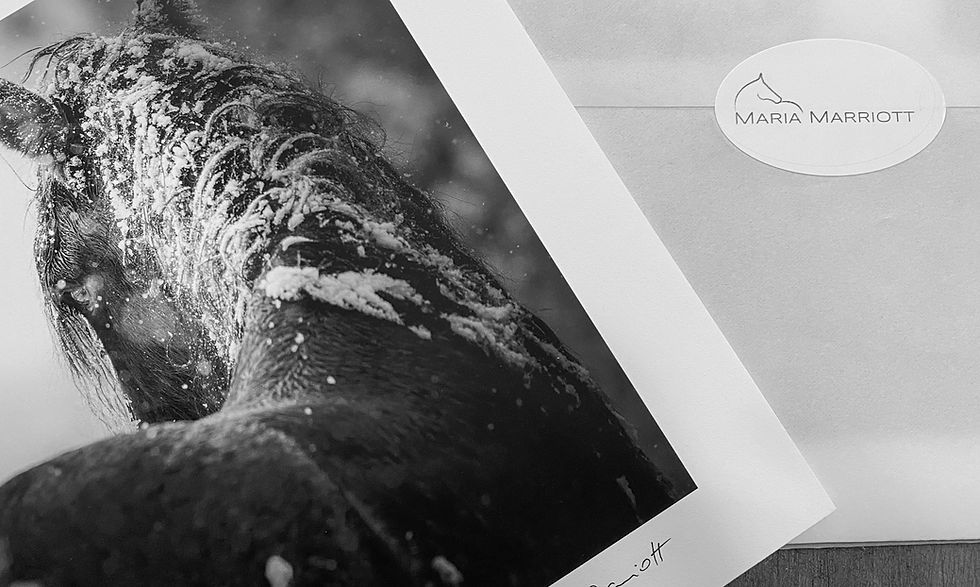Wild Horse Art & The History of Mustangs In Paso Robles
- Maria Marriott

- Jan 30, 2024
- 2 min read
Updated: Mar 13, 2024

Photo Credit: Wild Horse Photographer, Maria Marriott
Recently, I was in Paso Robles, CA exhibiting some of my wild horse art. Driving around the beautiful area, with the cute town square and surrounding wineries, we were struck by how many references there were to wild horses.
As a horse photographer, my ears perked up with every reference. I’ve done several equine portrait sessions for clients in and around Paso Robles, but had never seen or heard about wild horses in that area. So I set out to find historical references to mustangs in Central California and Paso Robles.
There were some interesting ones…
As recounted in his book, Wild Horse Country, by David Philipps, wild horses were numerous in Central California two hundred years ago. One explorer in the San Joaquin Valley in the early 1800s (Overton Johnston) said that “frequently, the plain would be covered, with thousands and thousands flying in a living flood towards the hills. Huge masses of dust hung upon their rear, and marked their track across the plain; and even after they had passed entirely beyond the reach [of] vision, we could still see the dust, which they were throwing in vast clouds into the air, moving over the highlands.”
The book, Wild Horses of the West by J. Edward de Steiguer, tells of the spread of the Spanish horses from the missions and rancheros across California. “In California, the unfenced mission and rancheros horses (aided by the favorable climate) reproduced so rapidly that in less than thirty years the coastal landscape was awash in free-roaming animals.”
San Luis Obispo de Tolosa was one of the missions from which horses escaped, or were liberated by the Native Americans. And it isn’t unreasonable to imagine these free-roaming horses quickly multiplying and spreading to the surrounding area of El Paso de Robles.

Photo Credit: Wild Horse Photographer, Maria Marriott
The closest herd of wild horses to Paso Robles that I could find a reference to in the present is the Black Mountain herd near San Luis Obispo. This small herd is managed by the U.S. Forest Service on thousands of acres of National Forest land to a population of about 20. While the horses are free-roaming, they are believed to be descendants of horses loosed from a ranch after World War I.
It is amazing to me that, from a population of tens of thousands of wild horses roaming free in Central California about two hundred years ago, the population has been reduced to such a small number. Although this result was inevitable because of the competing interests for premium land in the state, it is still sad.
In any case, it is fascinating to read about the wild horses that used to be so prevalent in California and the historical views about them. Understanding the past is often the key to understanding the present - and the future.
About Maria Marriott

Maria's work has been recognized for its emotional impact and intimate portrayal of wild horses. She works closely with several non-profit organizations focused on the benefits of equine therapy and preservation of the mustangs on our Western lands.




Comments